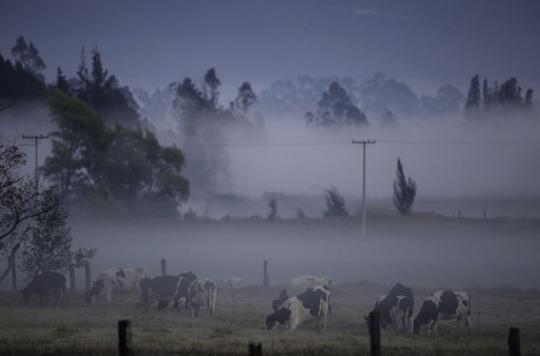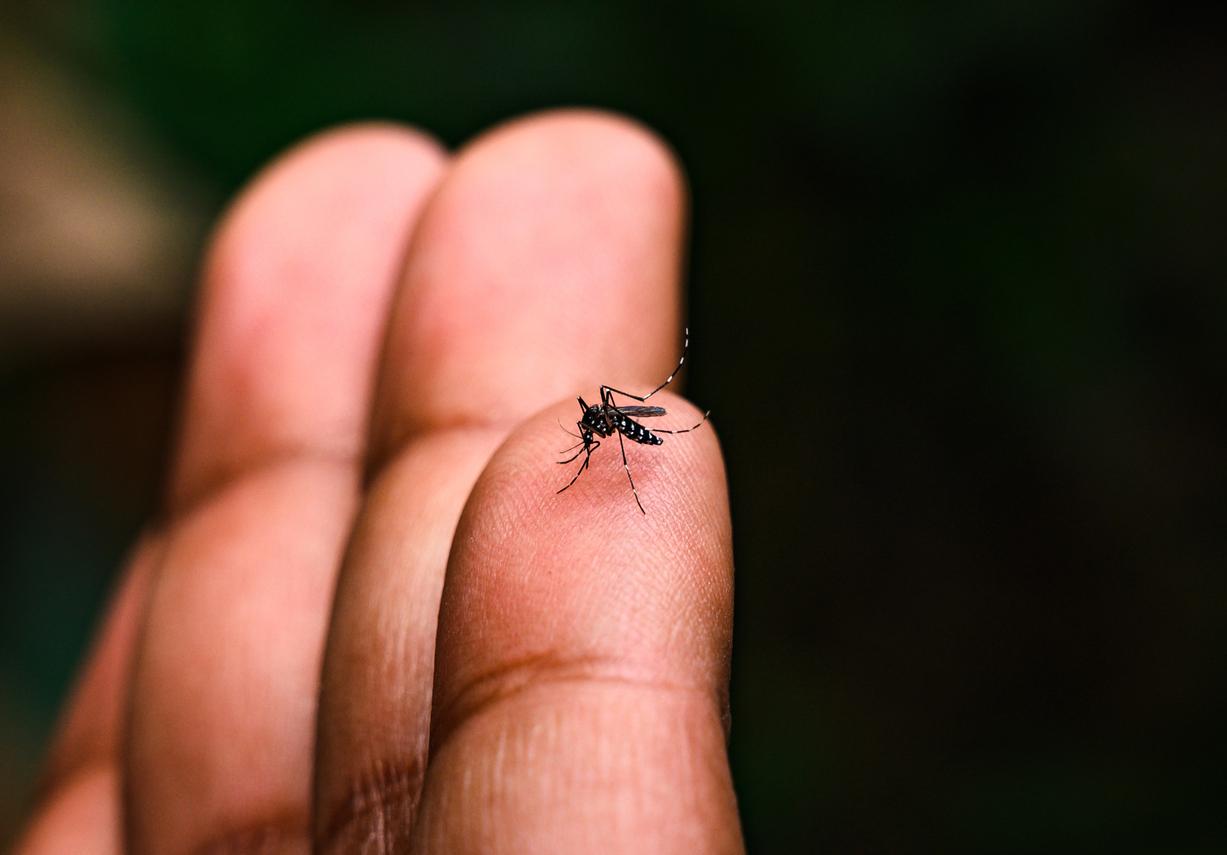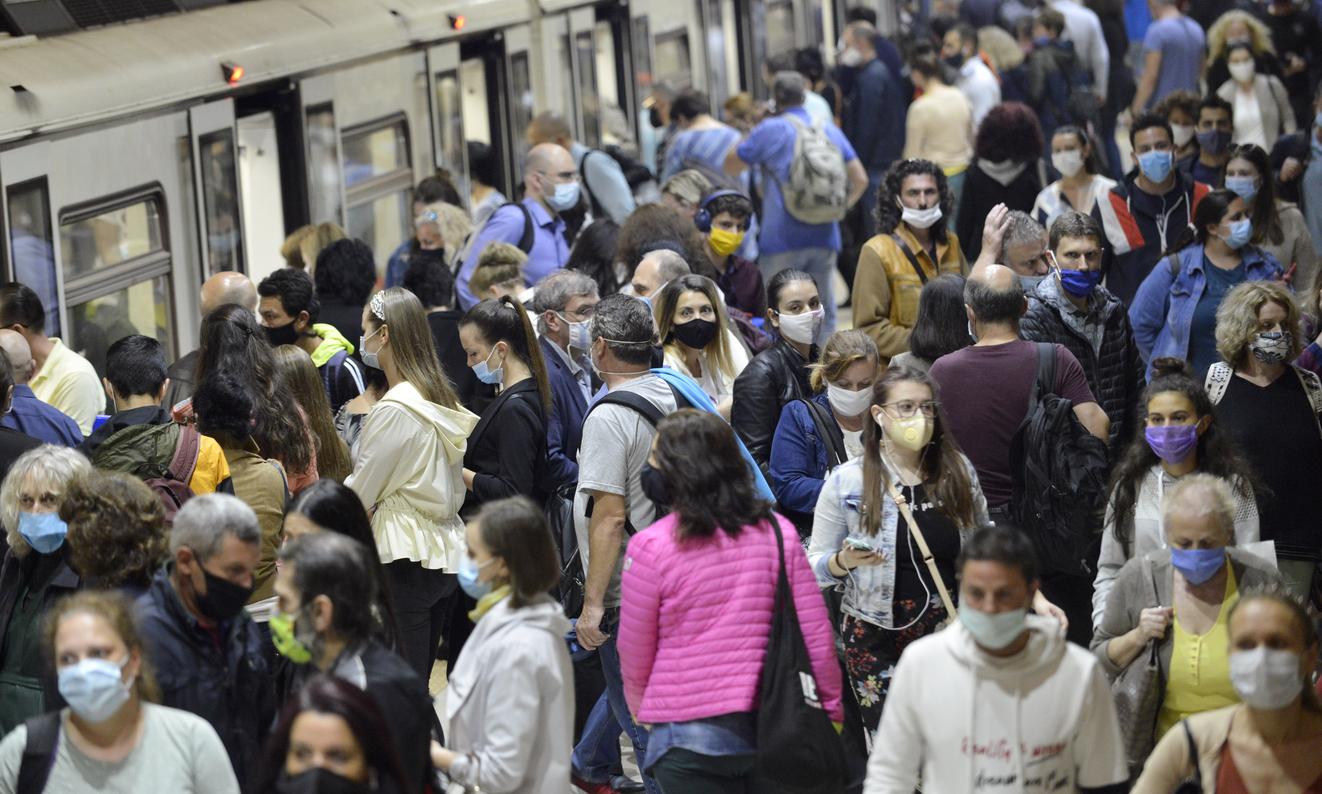El Niño is a climatic phenomenon responsible for severe droughts or, on the contrary, torrential rains. It could affect the health of 60 million people.

“El Niño” is the name given to the climatic phenomenon that results from the interaction of the ocean and the atmosphere in the Pacific. Literally, the term means “little boy” in Spanish. However, the “Niño” is far from innocent and its consequences on a planetary scale are potentially disastrous.
In particular, it is the source of very heavy rains in certain tropical regions of Africa, South America and Asia, while in other regions it leads to an increase in temperatures causing severe episodes of drought. .
Like any extreme meteorological phenomenon, it can have serious consequences on the health of the populations in the affected areas. Recent estimates from the World Health Organization put forward the figure of nearly 60 million people, at risk of seeing El Niño negatively impact their health, in 2016.
Comparable to 1997-98
The WHO is in fact relying on the data available to it on the 1997-98 del Niño episode, which was particularly deadly. All the experts say that this year’s one will be comparable.
At the time, the rains had been very heavy, especially in eastern Africa. Floods and epidemics had taken place, and many people had died of cholera, malaria, and malnutrition. Other regions had experienced a great wave of drought, causing real crises of food insecurity.
To limit the scale of such a disaster scenario, WHO calls on countries at risk, almost all of which are in developing regions, to prepare. This requires in particular the strengthening of health care systems, by establishing increased surveillance of populations and emergency vaccination programs. Funding is also necessary to take care of people suffering from malnutrition.
Seven countries have already made requests for financial support from WHO. These are Ethiopia, Lesotho, Kenya, Papua New Guinea, Somalia, Tanzania and Uganda, for a total amount of $ 76 million (over $ 70 millions of euros). Others could soon follow them in this direction, depending on the severity of the “Niño”.
.















